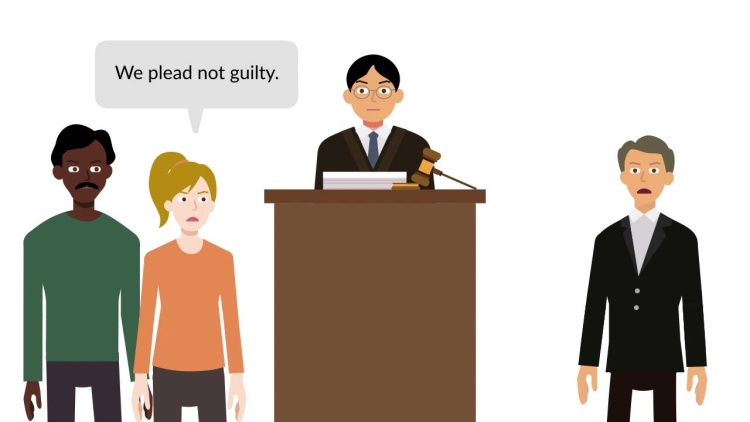People v. Collins
Supreme Court of California
68 Cal. 2d 319, 66 Cal. Rptr. 497, 438 P.2d 33 (1968)

- Written by Sean Carroll, JD
Facts
Malcolm Collins (defendant) and his wife were charged with robbery. At trial, the prosecution introduced the testimony of a mathematics expert who stated that, assuming the robbery was committed by a couple with certain physical characteristics, there was “an overwhelming probability” that the robbery was committed by any couple who could be found to have those characteristics. The individual characteristics that the prosecution claimed the assailants exhibited and used in its computation of probability were: a woman with blond hair; a woman with a ponytail; a black man with a beard; a man with a mustache; an interracial couple; and a couple in a yellow car. The prosecution estimated the probabilities of each of those individual characteristics occurring (e.g. an estimation that one in 10 cars are yellow, one in three girls have blonde hair, etc.) and then, using the mathematical product rule, the expert witness came to the conclusion that only one in 12 million couples exhibited all of those characteristics. As a result, the witness contended there was a one in 12 million chance that the Collinses were innocent and that the crime was committed by another couple featuring those characteristics. Based on this testimony, the trial court convicted the Collinses. Malcolm Collins appealed.
Rule of Law
Issue
Holding and Reasoning (Sullivan, J.)
Dissent (McComb, J.)
What to do next…
Here's why 899,000 law students have relied on our case briefs:
- Written by law professors and practitioners, not other law students. 47,000 briefs, keyed to 994 casebooks. Top-notch customer support.
- The right amount of information, includes the facts, issues, rule of law, holding and reasoning, and any concurrences and dissents.
- Access in your classes, works on your mobile and tablet. Massive library of related video lessons and high quality multiple-choice questions.
- Easy to use, uniform format for every case brief. Written in plain English, not in legalese. Our briefs summarize and simplify; they don’t just repeat the court’s language.





